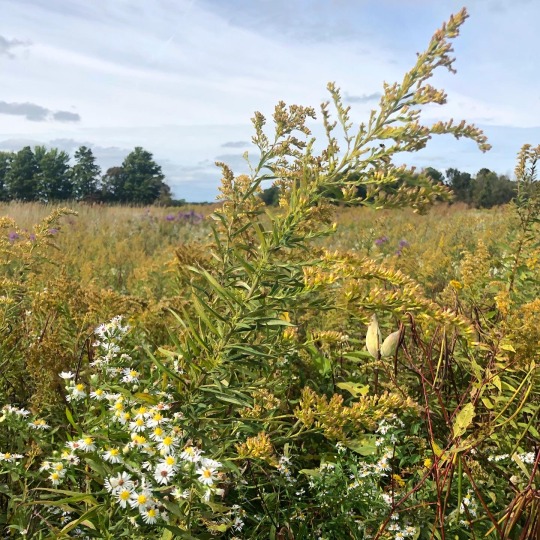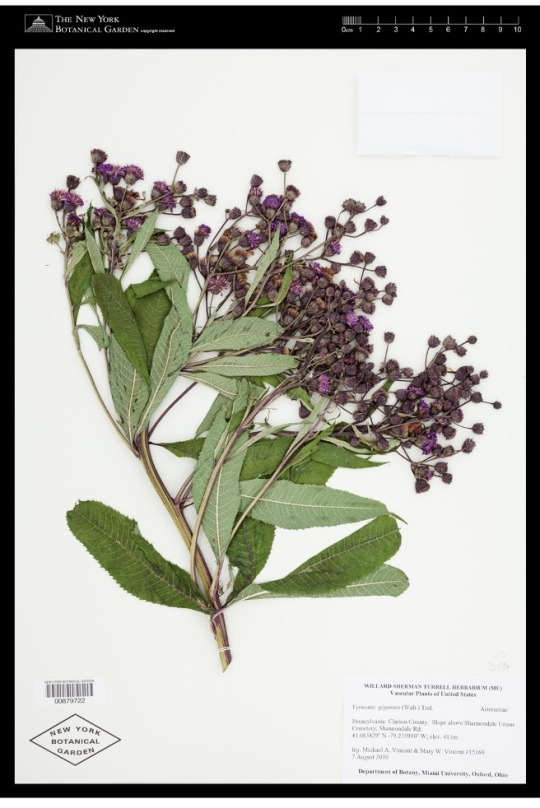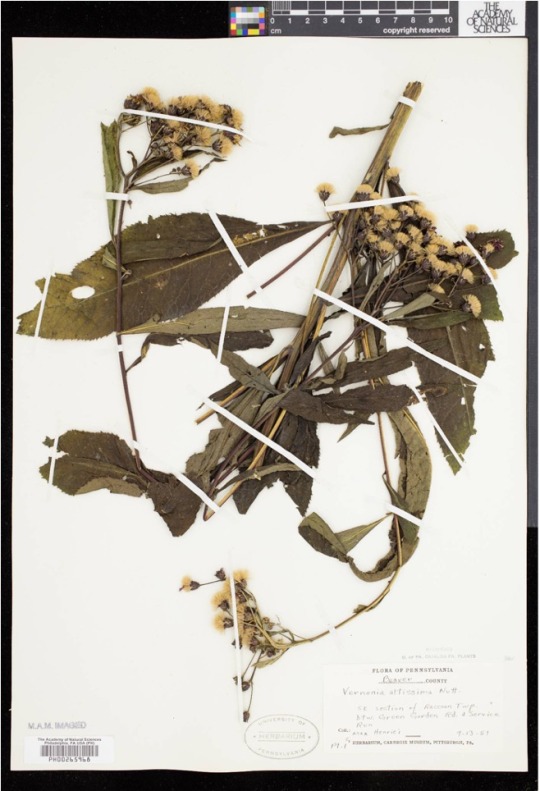
If you have a garden in Pittsburgh, chances are that it has been invaded by nonnative plants. Nonnative plants are species that have been introduced by humans to a location outside their native range. Typically this means that humans have carried a species across oceans or mountains or very long distances that the species would be unlikely to travel on its own. This includes dandelions (Taraxacum officinale), English ivy (Hedera helix), garlic mustard (Alliaria petiolata), Japanese knotweed (Fallopia japonica), and thousands more. In many cases, nonnative, invasive species hurt our efforts to protect and restore natural areas by displacing native plants from their environment and reducing the healthy functioning of ecosystems.
As an invasion ecologist at the University of Pittsburgh, I aim to identify the traits that make nonnative plants unique from native plants and investigate how these traits influence a nonnative species’ ability to invade and persist within ecosystems. I’ve become fascinated by one plant trait in particular: phenology, or the timing of a plant’s life cycle events, like flowering in the spring or leaves changing color in the fall. Phenology is critical to the survival and reproduction of all organisms. Plants, for example, need to be able to germinate at the exact right time in the spring; early enough to maximize their growth potential, but late enough that they avoid damaging winter frosts. Plants must also flower and set fruit at a time when their chances of reproduction are highest, such as when pollinators are the most active, or when seeds are most easily dispersed. The timing of phenology also impacts a plant’s ability to compete with other species. An older, mature plant is likely to be a better competitor than a newly germinated seedling. As a result, most species have evolved to become sensitive to a wide array of environmental factors, including temperature and precipitation, which signal the “ideal” time to enter into a new stage of the life cycle.


In a recently published study, I partnered with Dr. Mason Heberling and Bonnie Isaac at the Carnegie Museum of Natural History to explore how phenology differs between native and nonnative plant species. Plant specimens from the museum’s herbarium provide us with valuable snapshots of phenology from more than the past 120 years. By looking at a specimen’s collection date and identifying reproductive structures on the specimen (did the plant have open flowers or fruits?), we can determine the annual timing of life cycle events for a species and compare it with other species throughout time.
First, our research team asked: are there differences in the timing of reproduction between native and nonnative plant species? We referenced nearly a thousand herbarium specimens that were collected in old-field ecosystems (i.e. abandoned agricultural fields) since 1900. We found that nonnative plants reproduce substantially earlier than native plants in old-field ecosystems. Specifically, nonnative plants flowered 50 days earlier, and set fruit 17 days earlier, on average, than native plant species. When considering that the growing season in western Pennsylvania only lasts for 121-180 days in total, this is a very large difference in the activity periods of these species! We predict that the early reproduction of nonnative plants may actually help them to survive in invaded ecosystems, and my current research is experimentally testing some of these ideas at the Unviersity of Pittsburgh field station. I hypothesize that nonnative plants are accessing important resources, like soil nutrients and light, by growing and reproducing earlier than native plants.
We also found that all old-field species, regardless of origin, are flowering approximately 10 days earlier, and fruiting 13 days earlier today than they were at the beginning of the 20th century. What is causing plant species to shift their phenology over time? This is likely a response in-part to climate change, which has caused warmer and wetter springs in Pennsylvania
Next, we asked: are there differences in the sensitivity of native and nonnative phenology to climate signals? Sensitivity is defined as the number of days a plant will shift the timing of reproduction in response to a change in the environment. For example, a species with “high” sensitivity to temperature might flower several days earlier than normal in response to a particularly warm spring. By contrast, a species with “no” sensitivity to temperature will flower at the same time every year, regardless of temperature. To answer this question, we paired plant specimens from the CMNH herbarium with historic climate records that date back to 1900. This source tells us the temperature and precipitation conditions for each month and year that a specimen was collected. Our study found that native and nonnative species are not sensitive to the same types of climate signals. When looking across a range of temperature and precipitation signals, the timing of reproduction in native plants often would shift by a different number of days than in nonnative plants. This information may be important in helping scientists to understand how plant phenology will respond to future climate change: Will native and nonnative species respond similarly, as seen in the past, or will their responses begin to diverge?
Herbarium collections such as those found at the Carnegie Museum of Natural History provide invaluable insight into the traits of species throughout history. We hope that, through the continued exploration of these data sources, scientists will continue to uncover new findings about the relationship between invasion, plant phenology, and climate.
Rachel Anne Reeb is a PhD candidate at the University of Pittsburgh.
Related Content
Protecting Plant Specimens from Decomposing
